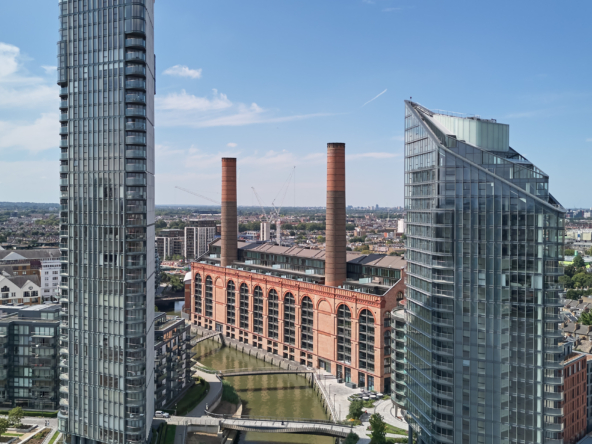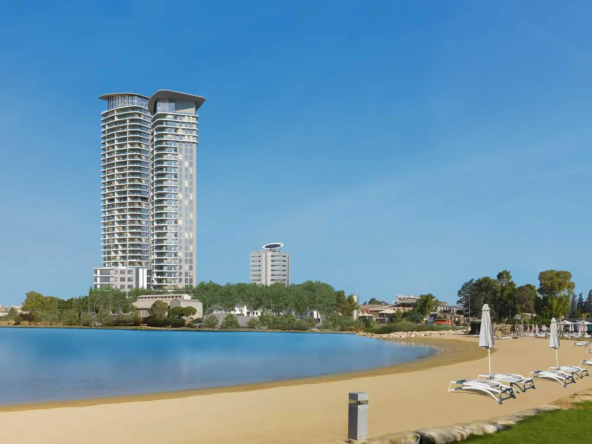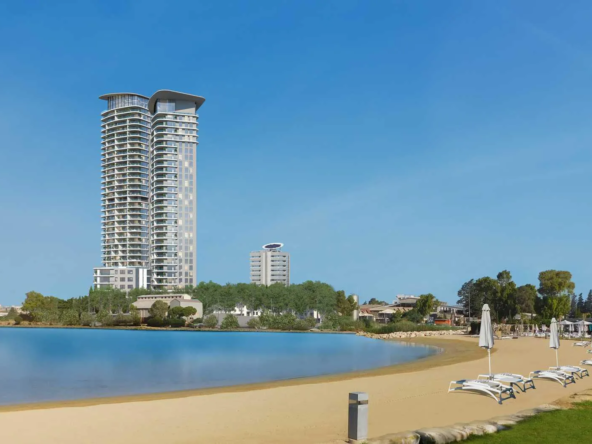Chelsea Harbour London
Development Overview
Chelsea Harbour is a prestigious mixed-use development in West London, situated in its Sands End area, along Chelsea Creek, the historic southeastern boundary of the London Borough of Hammersmith and Fulham with the southwestern boundary of the Royal Borough of Kensington and Chelsea, and opposite the site of the old Lots Road Power Station in Chelsea.[1] The development consists of luxury apartments, the Chelsea Harbour Marina and the Chelsea Harbour Design Centre and a hotel, ‘the Chelsea Harbour Hotel
History
Chelsea Harbour” stands on land that was once the 28-acre estate of Sandford Manor House. Among its reputed occupants was Nell Gwyn. By the early 19th century, the estate had fallen into decline and was subsequently purchased by a gas company. Part of the land was later used as a Victorian-era railway coaling dock on the River Thames and eventually became a coal yard for British Rail’s predecessor companies.
The 20-acre site lies within a triangle bordered by the Thames and Counter’s Creek to the south and east, and by the West London Line (Overground Network and National Rail) on a viaduct to the west.
At the time of redevelopment, the Conservative-led Hammersmith and Fulham Council—having granted planning permission—approached the Boundary Commission to have the area re-designated as part of the Royal Borough of Kensington and Chelsea. The Commission, in its 1992 report, proposed shifting the boundary to the middle of the West London Line rail tracks. However, the Royal Borough declined, with then-Leader Nicholas Freeman stating: “The Royal Borough has completed its submissions to the Boundaries Commission. No suggestion that we should take Chelsea Harbour into this authority was among them. That will remain our position
Remediation
When planning permission was granted on 15 April 1986, the whole site, including the lock, was derelict. Both the Coal Dock and the lock had been infilled with contaminated materials, which had to be excavated and disposed of. The design required the contractor to reduce the size of the Dock by 1/3rd from the north end, to form the 75-berth Marina; and to re-construct the lock chamber, lock-gates, and cill. Work on-site began in early May 1986, and within twelve months the contractor had excavated the dock, constructed a new north wall, re-puddled the dock floor and renovated the lock. The site was equipped with 14 tower cranes, and had approximately 1500 personnel on-site during most of the build phase. In April 1987 a “commissioning Champagne Party” was held on two pontoons in the newly flooded “marina” for all the staff directly involved.
Achievements
Between April 1986 and April 1987, the construction team achieved the following milestones:
- 2,000 piles were sunk over 30 metres deep into the London clay without issue, despite some being within two metres of both a main London Underground electrical supply cable and a large Victorian-built storm sewer.
- 250,000 cubic metres of earth were excavated and removed from the site.
- 55 acres of floor space were constructed using 70,000 cubic metres of concrete and 8,000 tons of steel. One continuous concrete pour for Chelsea Garden Market’s foundations alone used over 400 cubic metres, with mixer trucks queued for several hundred yards along Townmead Road. To ensure uninterrupted cement supply, 5,000 tons of cement were stockpiled in a hulk moored at the London Docks, and a concrete supply company was purchased outright to prioritize the project.
- The reinforced structural concrete frame of “Chelsea Crescent” (originally designed to contain 64 apartments) was completed in just eight weeks.
- Three new bridges were completed on-site, including Europe’s largest “thrust bore” tunnel (under Townmead Road), which was hydraulically jacked into position beneath an operational rail line in a single weekend.
- Two buildings were completed to “shell & core” status, with interior spaces already being occupied by contractors for incoming tenants.
- A further eight buildings were under construction, including “Chambers” and “Chelsea Garden Market.”
- The 18-storey “Belvedere” tower was “topped out” within six months of the start of construction. Builders managed to pour a new floor every four days, using prefabricated rebar sub-sections assembled on the ground with “go/no-go” jigs and quick-curing high-strength concrete. Flat soffits with no downstand beams were formed using prefabricated, steel, wheeled jack-up forms that were placed, removed, and repositioned by the building’s tower crane. Temporary support platforms, cantilevered off the structure’s sides, aided this process. The crane itself was erected within one of the Belvedere’s future lift shafts.
Marketing
Harrods Estates were asked to manage the residential aspects such as the sale and letting of properties. The 310 apartments were marketed with prices starting at around £2 million per property. The 261,000 sq ft of land has 24-hour security patrols, and residents have 24-hour porterage.
Imperial Wharf and transport
The immediate vicinity has been enhanced by Imperial Wharf, a riverside development by St George plc, named in tribute to the Imperial Gas Light and Coke Company, which began operations on the site in 1824. The area is served by the Imperial Wharf London Overground station, which opened on 27 September 2009, providing direct rail links to Clapham Junction, Willesden Junction, and Southern services to Milton Keynes Central and East Croydon.
Transport for London also operates several bus routes in the area, including route C3, which connects Chelsea Harbour with Earl’s Court, Fulham, and Clapham Junction, and route 424. Additionally, a direct railway track links Imperial Wharf to London Victoria Station; however, this connection is currently not in service.
Details
Updated on October 7, 2025 at 7:22 am- Property Status: New Listing














































